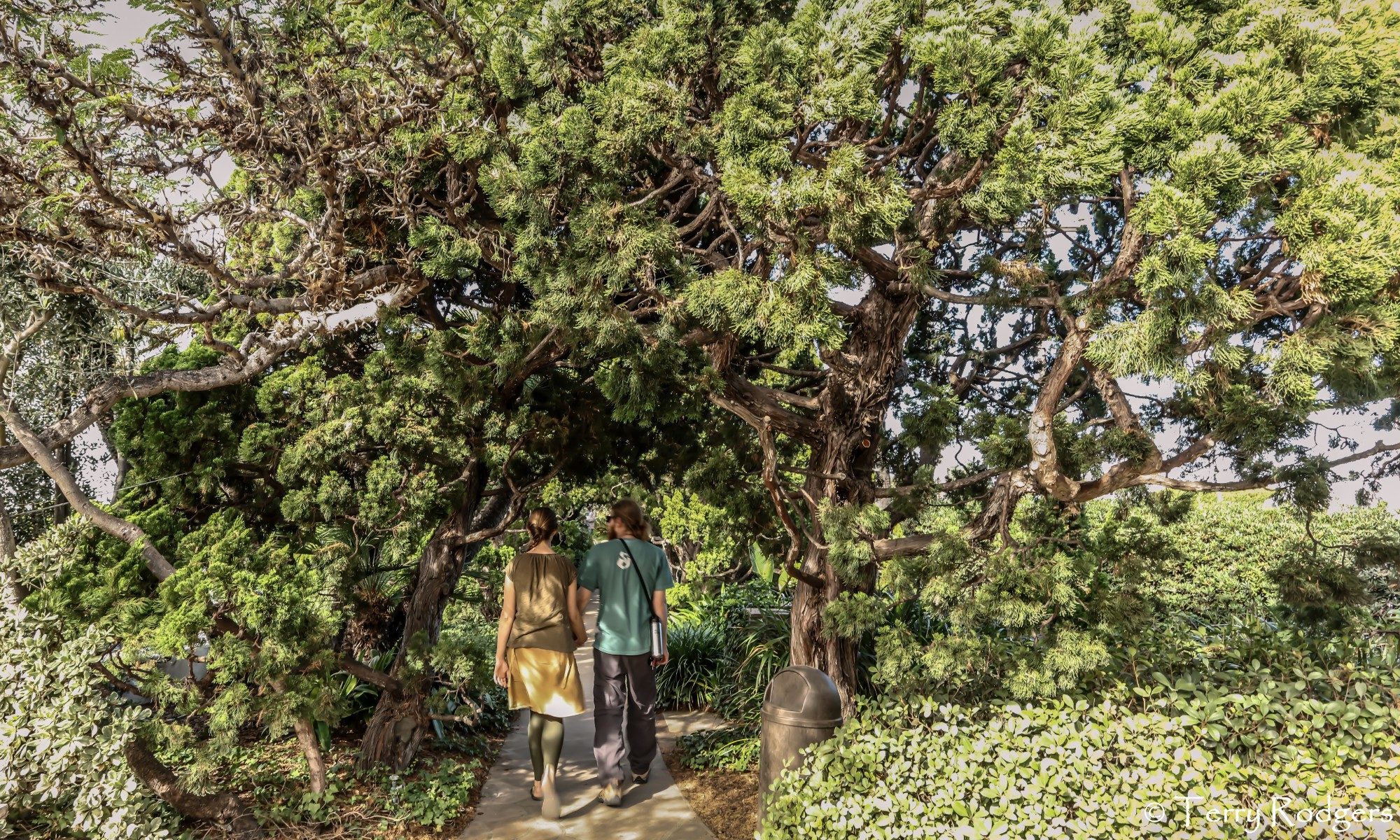The long-awaited data layers for all cities in San Diego County are finally uploaded to SanGIS (in the “ecology” set). Local GIS experts are working with arborists, planners, health professionals, and communities to map and analyze the data. Please join us for a workshop on Wednesday morning, June 6 at the War-Memorial Building in Balboa Park, same location as the two workshops in 2016. Register at https://treecanopy-june6.eventbrite.com.
- How do I use maps to see the trees in my community?
- How can professionals use tree canopy layers for plans and projects?
- Where can trees be planted to improve public health, provide ecosystem services, and meet Climate Action Plans?
Draft agenda:
- 9:30 Registration, coffee, and introductions
- 10:00 Recap of workshops in April and October 2016 (data collection and results)
- 10:15 Tree canopy data analysis (results and how to access and use data)
- 10:45 Tree canopy maps, where are the trees and where can more be planted (how to access and use maps)
- 11:00 Break
- 11:15 Case study with District 8 (City of San Diego)
- 11:40 Trees, shade and cooling, and public health benefits
- 11:50 Interim report and next steps
- 12:00 Adjourn
The data layers for all cities in San Diego County are available at SanGIS (San Diego Geographic Information Source, www.sangis.org). Access to data is free, more information at http://www.sangis.org/download/index.html. The layers are in the “Ecology” section, all named as TREECANOPY.
Workshops were held on April 5 and October 5, 2016 (also at the War-Memorial Building), attended by 60 and 110 colleagues on the respective dates. University of Vermont scientist Jarlath O’Neill-Dunne outlined the planned assessment and share preliminary results. Since then, the data has been transferred to SanGIS; the City of San Diego is developing maps to display the tree canopy with other map layers; and scientists at UCSD are analyzing the data from a regional perspective. The turnover of City Forester caused some delay, as Jeremy Barrick took a job in his home state of Minnesota, and Brian Widener started as City Forester in September 2017. A report will be prepared after the workshop, to include analyses and how to access and use the tree canopy layers.




